
BOOK A TICKET
If you are visiting us in our high season mid-March to mid-September we recommend that you purchase a ticket through our booking system. The rest of the year it is not necessary to purchase a ticket prior your visit, and we recommend that you purchase your ticket when you arrive at the Icefjord Centre.
OPENING HOURS 2023
7. February – 5. March, Wednesday – Friday 11-3, Saturday & Sunday 11-4
Winter Holidays; 14., 15. & 16. February 11-4
9. & 10. March, Saturday & Sunday 10-10
Easter: 25. March – 31. March, 10-4
6. March – 9. June, Wednesday – Sunday 10-4
12. June – 31. August, Monday – Sunday 10-5
1. September – 29. September, Monday – Sunday 10-4
2. October – 27. October, Wednesday – Sunday 11-4
2. November – 22. December, Saturday & Sunday 11-4
Christmas; 27., 28. & 29. December 12-3
New Years 2025; 2. January 12-3
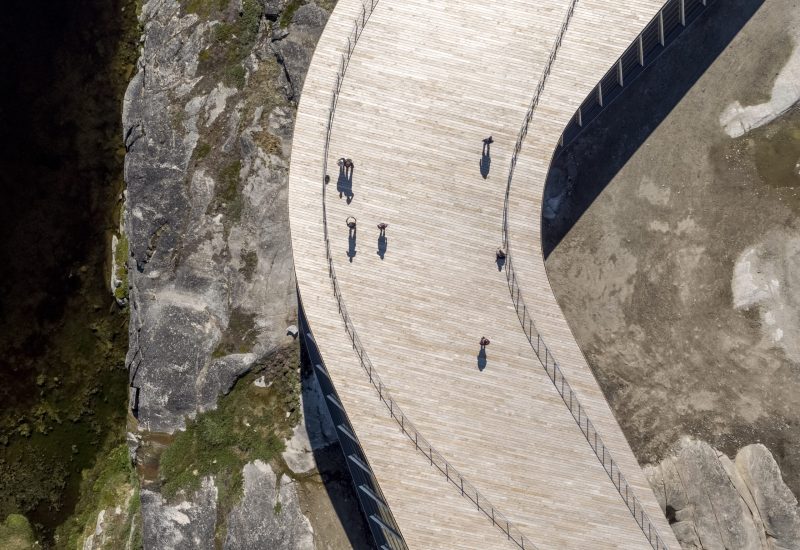

29th of January – 14th of March
Saturday – Sunday 11am-4pm
15th of March – 14th of June
Wednesday – Sunday 11am-5pm
15th of June – 31st of August
Monday – Sunday 11am-5pm
1st of September – 30th of September
Tuesday – Sunday 11am-5pm
1st of October – 31st of October
Wednesday – Sunday 11am-5pm
1st of November – 19th of December
Saturday – Sunday 11am-4pm
28. Jan – 26. Feb
Sat – Sun 11-4
4. March – 11. June
Wed – Sun 10-4
12. June – 3. Sept
Mon – Sun 10-5
4. Sept – 1. Oct
Mon – Sun 10-4
4. Oct – 29. Oct
Wed – Sun 11-4
4. Nov – 17. Dec
Sat – Sun 11 – 4
4. March – 11. June
Wednesday – Sunday 10-4
12. June – 3. September
Monday – Sunday 10-5
4. September – 1. October
Monday – Sunday 10-4
4. October – 29. October
Wednesday – Sunday 11-4
4. November – 17. December
Saturday – Sunday 11 – 4

EVENTS
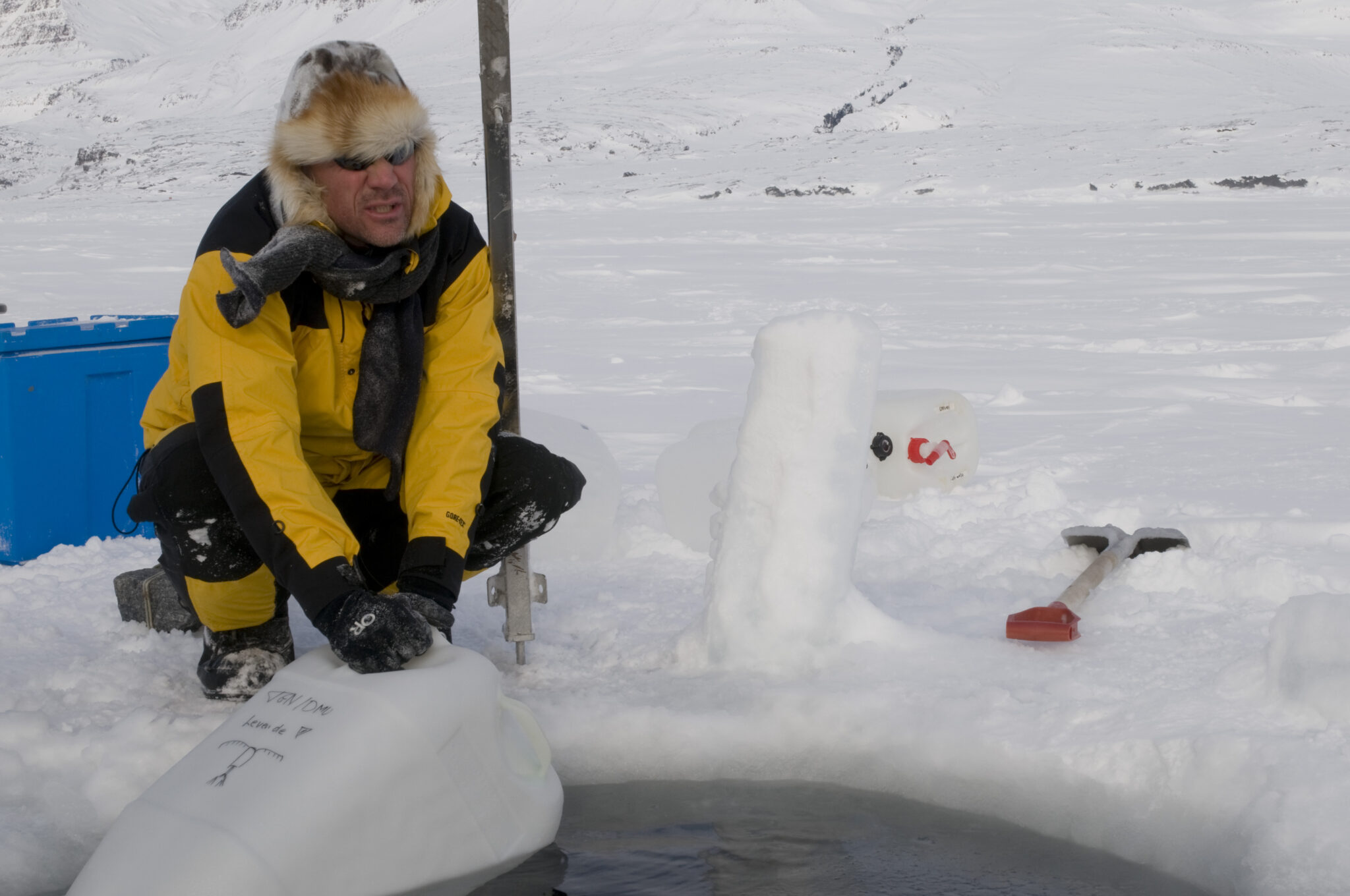
Mikro plastics in the oceans food chains by professor Torkel Gissel
24th of March 4PM
ABOUT THE ICEFJORD CENTRE
The Icefjord Centre takes you on an extraordinary journey into Greenlandic nature and culture. In springtime, summer and autumn you have the opportunity of experiencing one of Greenland’s most exceptional panoramas from our roof, where you can enjoy the view of the Icefjord Kangia. Besides the permanent exhibition the Icefjord Centre accommodates art installations, a shop and a café where you can enjoy a coffee and a bite to eat while you take in the impressions of your visit.
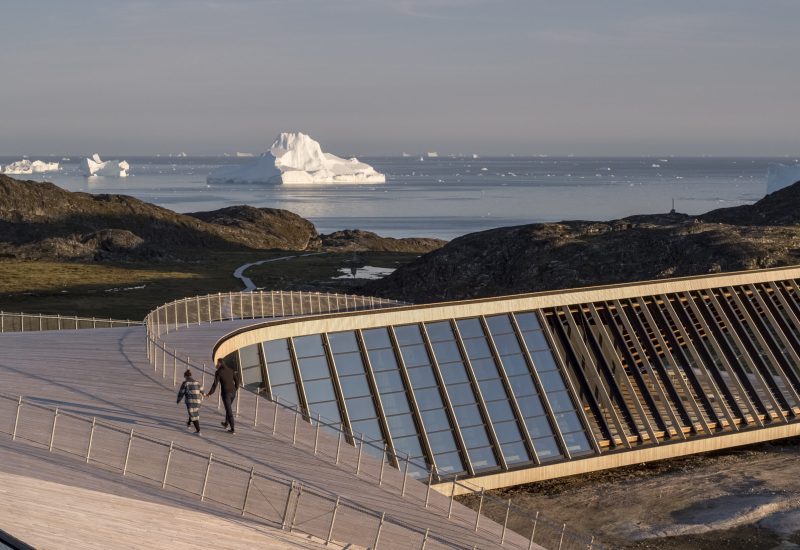
THE HOUSE
The founding idea behind The Icefjord Centre was to design a building that was interwoven with the extraordinary and yet fragile nature that surrounds it. The building itself is shaped like a twisted structure miming the wingspan of a snow owl. The architect Dorte Mandrup describes her poetic source of inspiration as a “snow owls flight over the landscape”.
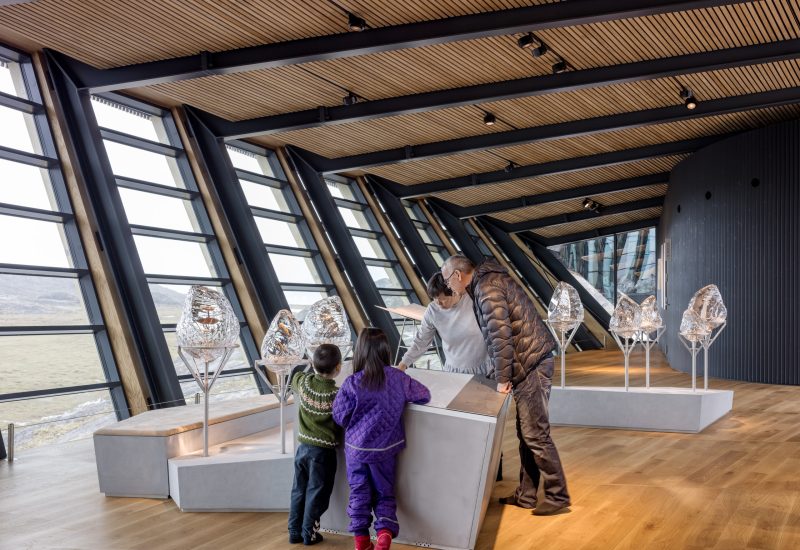
EXHIBITION
Through the Icefjord Centres permanent exhibition, “Sermeq pillugu Oqaluttuaq – The Story of the Ice”, you can learn about the cycle of the ice, the abundant wildlife around the icefjord and the human existence in the area throughout thousands of years.
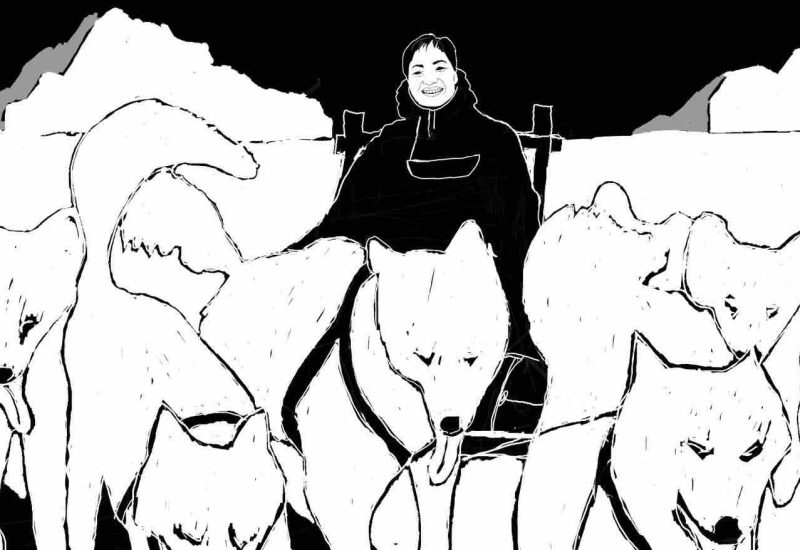
NARRATIVES
Through nine short narratives you are presented to the local residents of Ilulissat, where you are invited into their daily lives, learning how they in an innovative fashion have adjusted their life around the ice in a time of great climate change. The unique ecosystem at the ice fjord has crucial importance – not just for the wildlife, but also for the people who live there.
NEWS
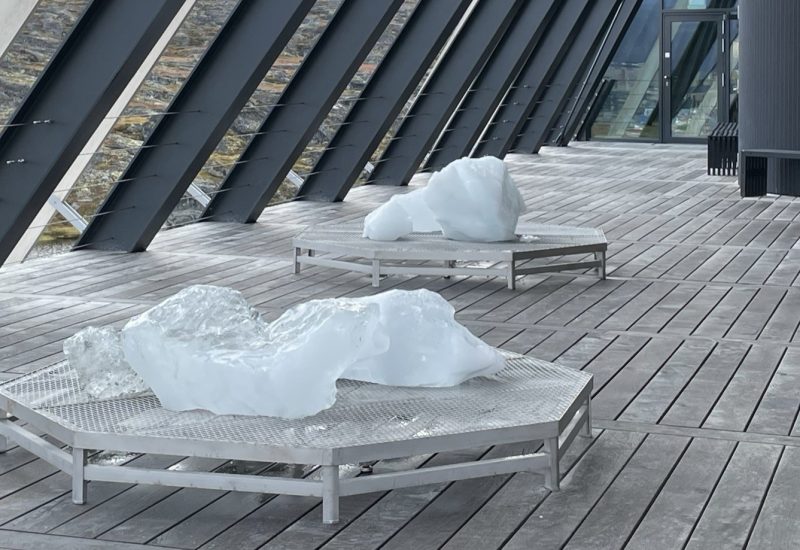
ICE LABORATORY
Explore the front terrace of The Icefjord Centre and learn about the icefjords ancient ice.
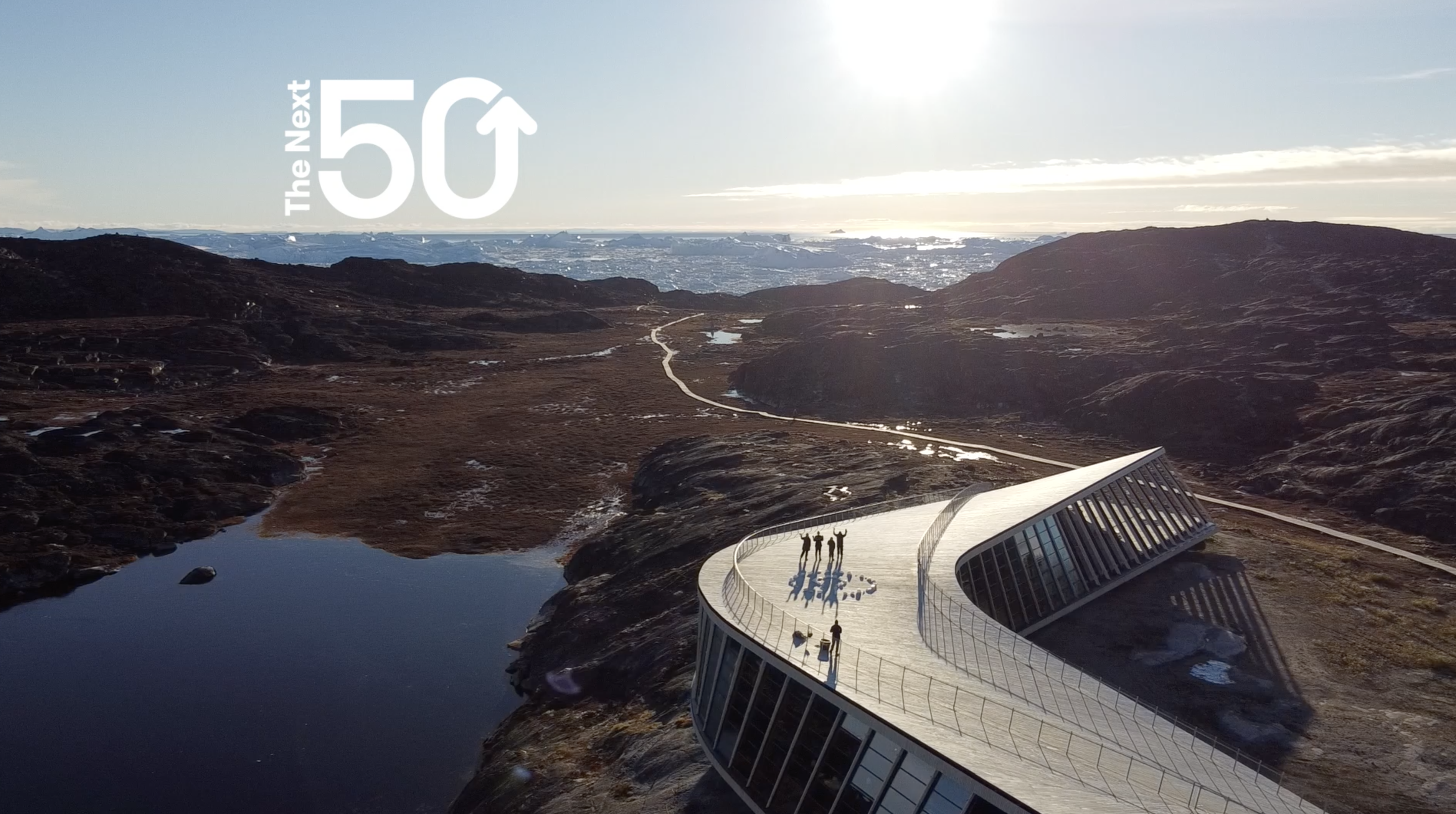
WE ARE CELEBRATING THE 50TH ANNIVERSARY OF THE WORLD HERITAGE CONVENTION
ICE MEANS LIFE
The story of the ice is the story of life in Disko Bay. It is the story of the incredible weight of the ice sheet, which over the course of thousands of years crushes the bedrock and pushes it in front of itself, on its slow and irresistible journey to the sea. The crushed rock is left there by the ice, and releases its nutrients so that life can blossom in the sea. Ice also means life for the people and animals who need it for hunting or fishing. Here the ice is the foundation of both nature and human life.
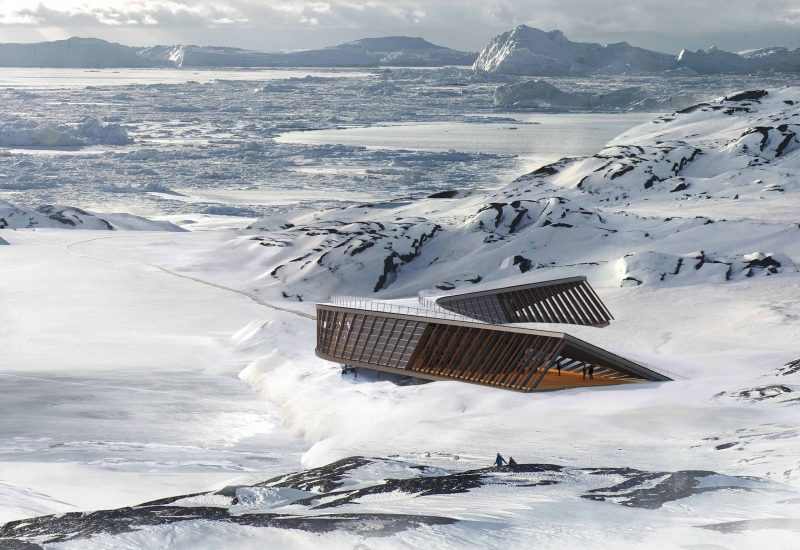
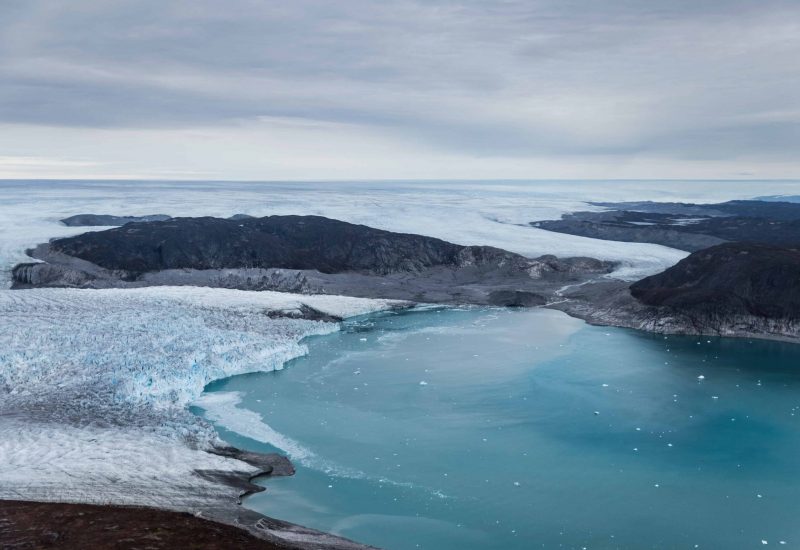
THE ICE REMEMBERS
When humans forget, the ice remembers. Great events such as volcanic eruptions or the impact of meteorites, which have long since migrated from accounts to legends and into obscurity, can still be read in the interior of the ice sheet. The ice sheet is formed of layer upon layer of snow, which falls year after year and is gradually compressed by the weight of the new snow. Each layer traps small air bubbles in the snow, which freeze and are preserved for posterity. Today, we can read the ice cores like a book about our prehistory, our early history — and in fact up to modern times. We can see the effects of the rise and fall of civilisations, and we can learn about the changes in the climate which affect our lives today.
THE ICE RECOUNTS STORIES
Science records, registers and takes readings of the world around us. Art interprets, explains and astonishes. At the Icefjord Centre, art and science meet in an installation that through sound, images and via our other senses, both challenges and expands our understanding of the ice sheet, its extent and its importance for the world we are all part of.
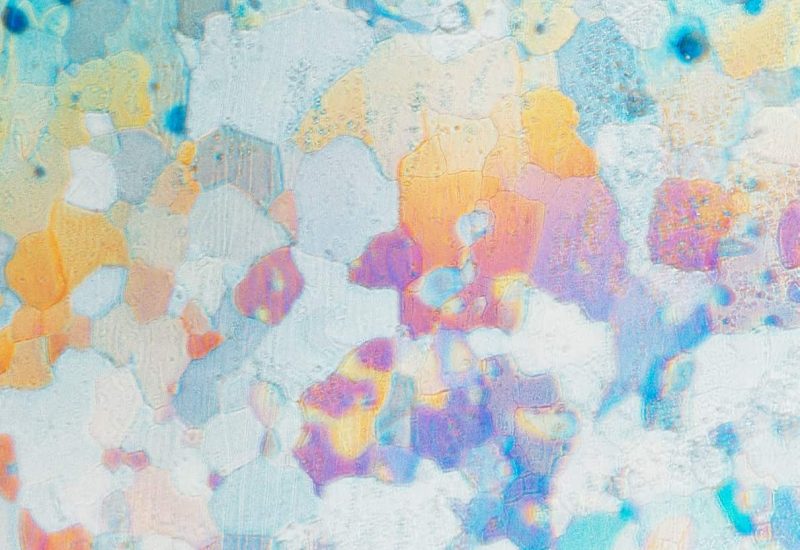
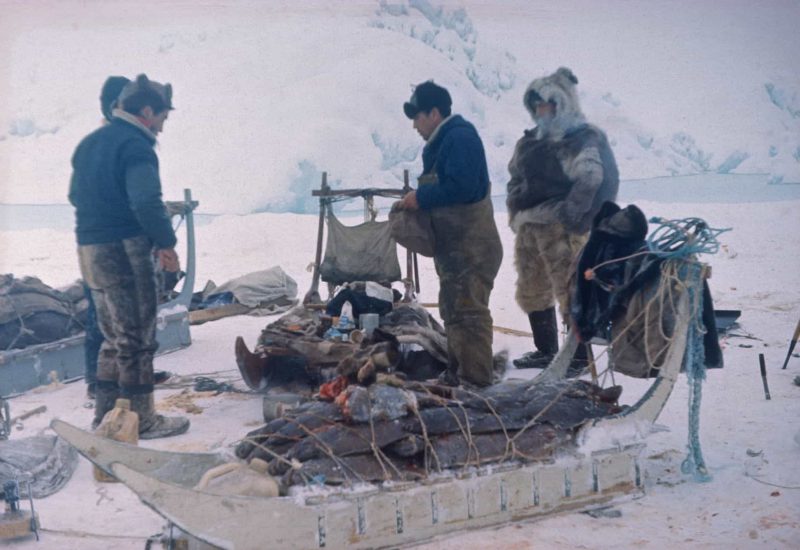
THE INUIT CULTURE
For thousands of years, the Inuit have thrived in Disko Bay in spite of the extreme climate and the darkness of the polar night. The culture of the Inuit is tailored to the harsh conditions in close interplay with the ice and nature. The technologies which the Inuit have developed for hunting, fishing, making clothes and transportation, are obvious examples of how humans and nature always have been and always will be inextricably linked.
THE ARCHITECTURE OF THE ICEFJORD CENTRE
Thanks to its world class architecture, the Icefjord Centre is an attraction in itself, and the design has been conceived in concert with the ideas the Centre disseminates. The shape of the building is inspired by the wingspan of the snowy owl when it is in flight through the landscape. The Icefjord Centre has been positioned as a natural extension of the walking routes through the UNESCO World Heritage Site. The roof has therefore been constructed so that you can walk over the top of the centre and enjoy the view of the surrounding landscape. Part of Dorte Mandrup Architects’ underlying philosophy for the Icefjord Centre is that it should affect the area as little as possible, at the same time as it encourages transparent dialogue between the exhibition and the environment — between humans and nature.
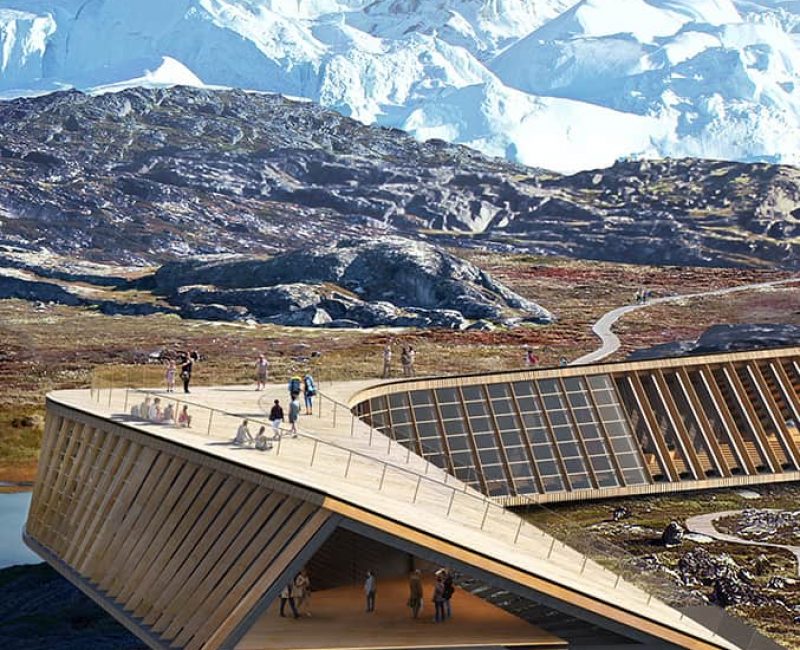
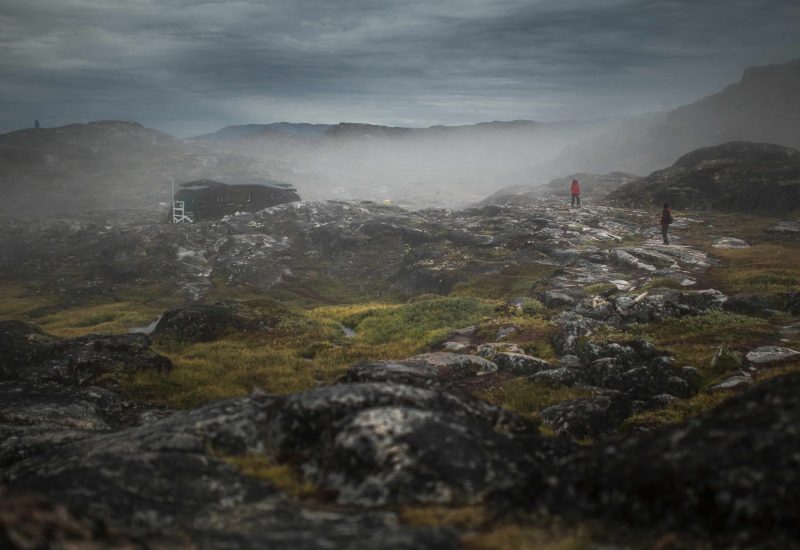
THE ICEFJORD CENTRE'S SURROUNDINGS
The Icefjord Centre’s surroundings are at least as enthralling as the Icefjord Centre itself. The Icefjord Centre has in fact been created in order to heighten your experience of the Icefjord, which is incredibly spectacular and is precisely for this reason one of UNESCO’s World Heritage Sites. The impression that the enormous masses of ice make as they calve, splinter, roll and tower above you, will remain with you for the rest of your life. At the same time, the Icefjord Centre is situated in the midst of Greenland’s nature and culture, a short distance from the abandoned settlements and the old cemetery, which is in itself worth the visit.



